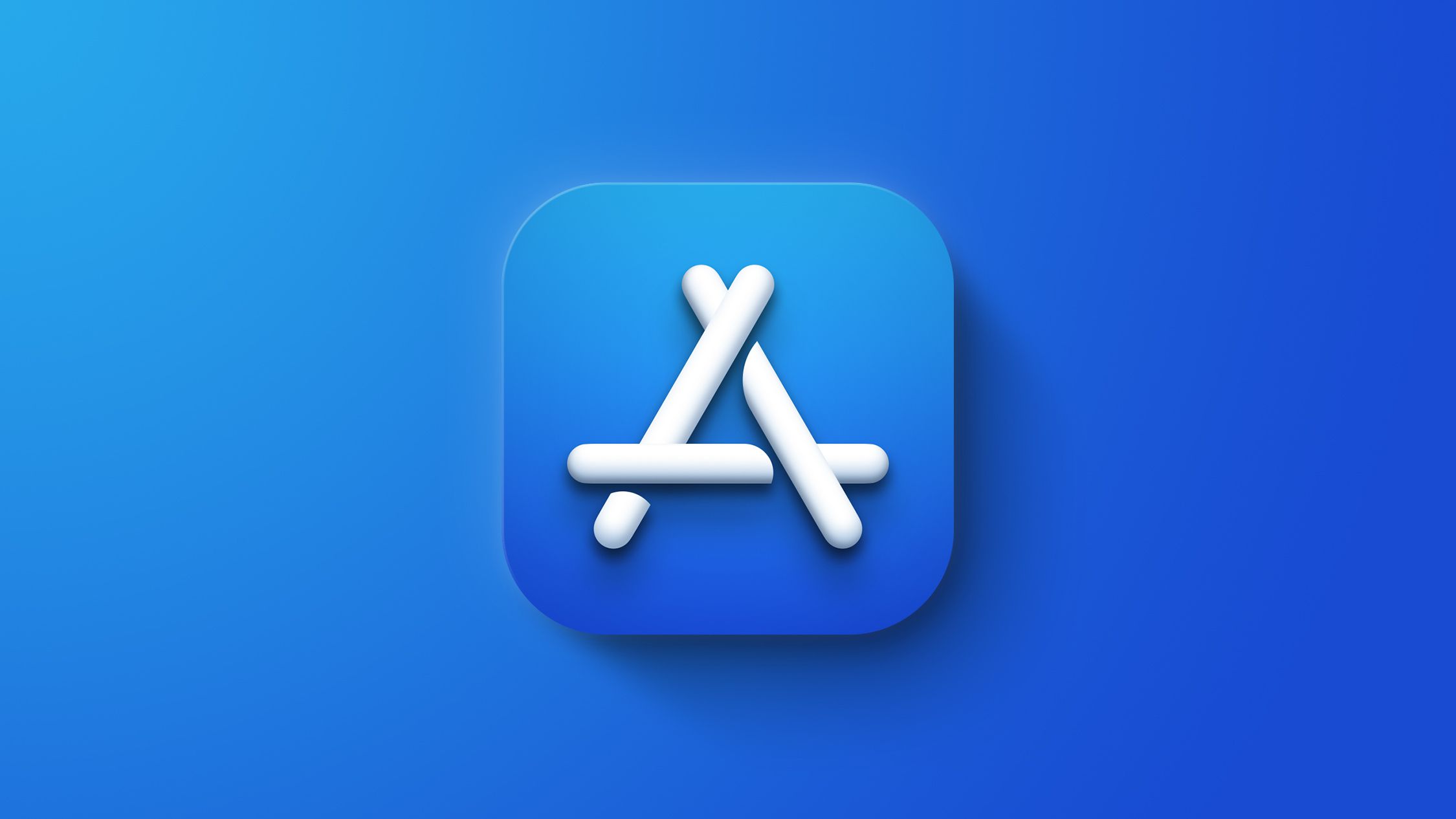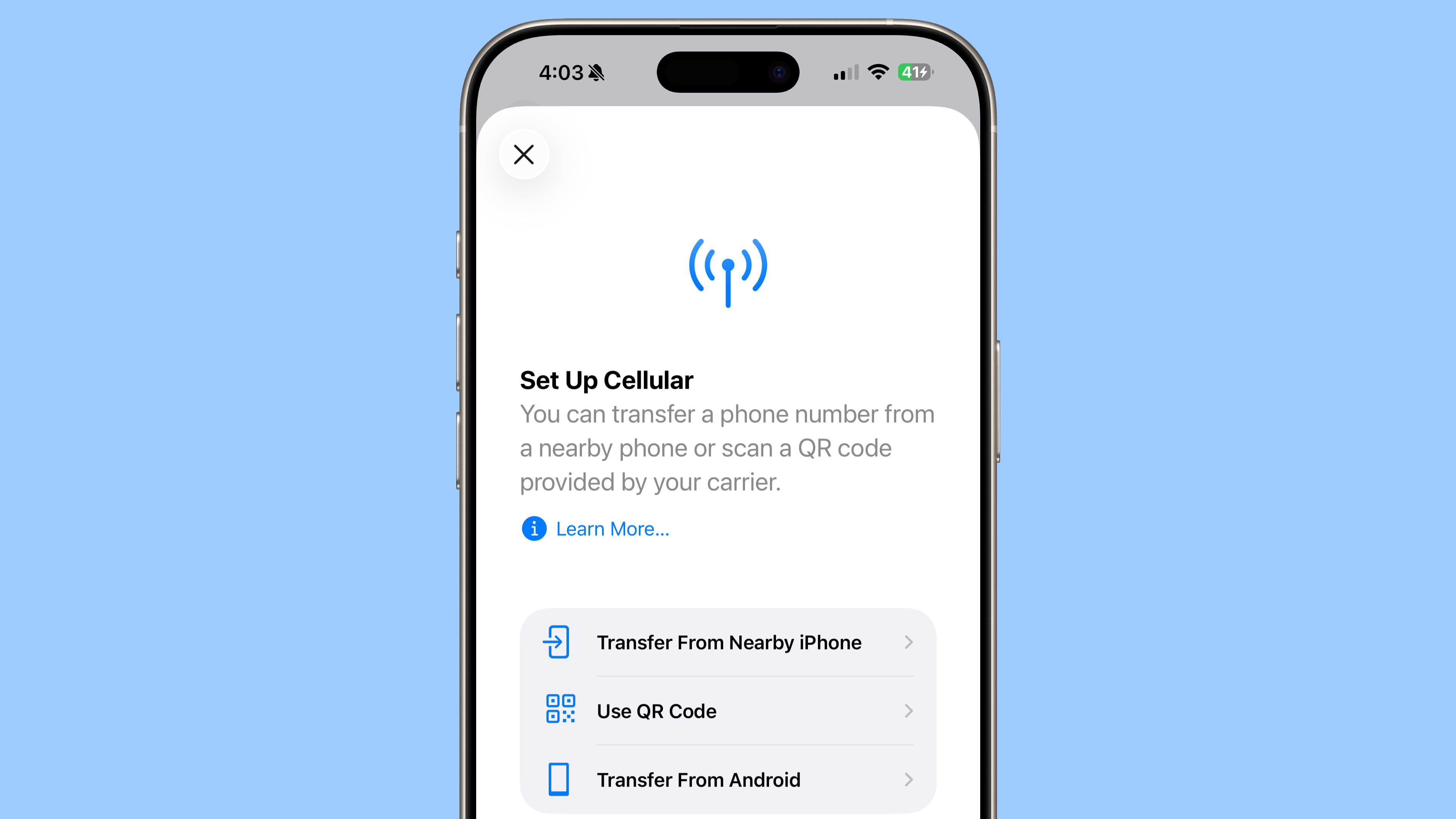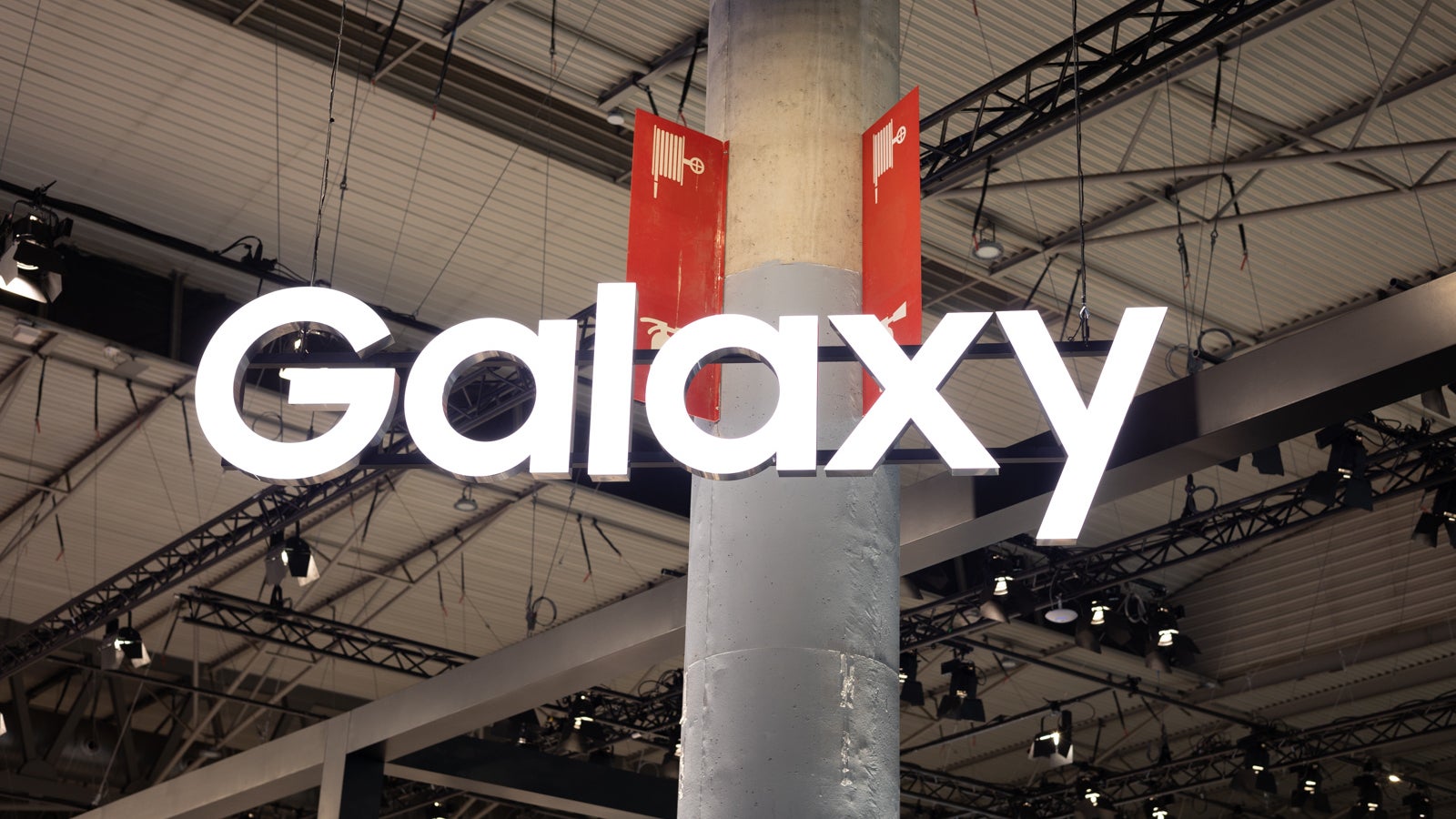Junior Year Self-Study Notes My Journey with the Hyperlane Framework
Day 1: First Encounter with Hyperlane I stumbled upon the Hyperlane Rust HTTP framework on GitHub and was immediately captivated by its performance metrics. The official documentation states: "Hyperlane is a high-performance and lightweight Rust HTTP framework designed to simplify the development of modern web services while balancing flexibility and performance." I decided to use it for my distributed systems course project. I started with the Cargo.toml file: [dependencies] hyperlane = "5.25.1" Day 3: The Magic of Context Abstraction Today, I delved into the design of Hyperlane's Context. In traditional frameworks, you would retrieve the request method like this: let method = ctx.get_request().await.get_method(); But Hyperlane offers a more elegant approach: let method = ctx.get_request_method().await; My Understanding: This kind of chained call simplification is akin to Rust's ? operator—it flattens nested calls and significantly enhances code readability. Hyperlane cleverly auto-generates getter/setter methods, mapping request.method to get_request_method(). Day 5: Routing and HTTP Method Macros While attempting to implement RESTful APIs, I discovered Hyperlane's method macros: #[methods(get, post)] async fn user_api(ctx: Context) { // Handle GET/POST requests } #[delete] async fn delete_user(ctx: Context) { // Handle DELETE requests } Encountered Issue: At first, I forgot to add the async keyword to my route functions, which led to a half-hour of confusion due to compiler errors. Rust's asynchronous programming truly demands constant attention to detail! Day 7: Response Handling Exploration I spent the entire day studying the response APIs and created a comparison table to aid my understanding: Operation Type Example Code Purpose Retrieve Response let res: Response = ctx.get_response().await; Obtain the complete response object Set Status Code ctx.set_response_status_code(404).await; Set a 404 status Send Response ctx.set_response_body("Data").send().await; Send while maintaining the connection Close Immediately ctx.set_response_body("Bye").send_once().await; Send and immediately close Important Discovery: The difference between send() and send_once() lies in the maintenance of the TCP connection, which is crucial for long-lived connections. Day 10: Middleware Onion Model Through the diagrams in the documentation, I understood the middleware workflow: graph LR A[Request] --> B[Middleware 1] B --> C[Middleware 2] C --> D[Controller] D --> E[Middleware 3] E --> F[Middleware 4] F --> G[Response] My Implementation: I wrote a simple logging middleware: async fn log_middleware(ctx: Context, next: Next) { let start = Instant::now(); println!("-> {} {}", ctx.get_request_method().await, ctx.get_request_path().await); next.run(ctx).await; // Call the next middleware println!("

Day 1: First Encounter with Hyperlane
I stumbled upon the Hyperlane Rust HTTP framework on GitHub and was immediately captivated by its performance metrics. The official documentation states:
"Hyperlane is a high-performance and lightweight Rust HTTP framework designed to simplify the development of modern web services while balancing flexibility and performance."
I decided to use it for my distributed systems course project. I started with the Cargo.toml file:
[dependencies]
hyperlane = "5.25.1"
Day 3: The Magic of Context Abstraction
Today, I delved into the design of Hyperlane's Context. In traditional frameworks, you would retrieve the request method like this:
let method = ctx.get_request().await.get_method();
But Hyperlane offers a more elegant approach:
let method = ctx.get_request_method().await;
My Understanding:
This kind of chained call simplification is akin to Rust's ? operator—it flattens nested calls and significantly enhances code readability. Hyperlane cleverly auto-generates getter/setter methods, mapping request.method to get_request_method().
Day 5: Routing and HTTP Method Macros
While attempting to implement RESTful APIs, I discovered Hyperlane's method macros:
#[methods(get, post)]
async fn user_api(ctx: Context) {
// Handle GET/POST requests
}
#[delete]
async fn delete_user(ctx: Context) {
// Handle DELETE requests
}
Encountered Issue:
At first, I forgot to add the async keyword to my route functions, which led to a half-hour of confusion due to compiler errors. Rust's asynchronous programming truly demands constant attention to detail!
Day 7: Response Handling Exploration
I spent the entire day studying the response APIs and created a comparison table to aid my understanding:
| Operation Type | Example Code | Purpose |
|---|---|---|
| Retrieve Response | let res: Response = ctx.get_response().await; |
Obtain the complete response object |
| Set Status Code | ctx.set_response_status_code(404).await; |
Set a 404 status |
| Send Response | ctx.set_response_body("Data").send().await; |
Send while maintaining the connection |
| Close Immediately | ctx.set_response_body("Bye").send_once().await; |
Send and immediately close |
Important Discovery:
The difference between send() and send_once() lies in the maintenance of the TCP connection, which is crucial for long-lived connections.
Day 10: Middleware Onion Model
Through the diagrams in the documentation, I understood the middleware workflow:
graph LR
A[Request] --> B[Middleware 1]
B --> C[Middleware 2]
C --> D[Controller]
D --> E[Middleware 3]
E --> F[Middleware 4]
F --> G[Response]
My Implementation:
I wrote a simple logging middleware:
async fn log_middleware(ctx: Context, next: Next) {
let start = Instant::now();
println!("-> {} {}", ctx.get_request_method().await, ctx.get_request_path().await);
next.run(ctx).await; // Call the next middleware
println!("<- {}ms", start.elapsed().as_millis());
}
Day 14: Practical Route Parameters
Today, I implemented a dynamic user interface:
// Register route
server.route("/user/{id}", user_handler).await;
// Handler function
async fn user_handler(ctx: Context) {
let user_id = ctx.get_route_param("id").await;
let user = db.find_user(user_id).await;
ctx.set_response_body_json(&user).await.send().await;
}
Pitfall Record:
When initially attempting to use a regex route like /user/{id:\d+}, I forgot to escape the backslash, leading to a compilation error. Rust's raw string literals came to the rescue:
server.route(r"/user/{id:\d+}", user_handler).await;
Day 20: Performance Test Surprise
I ran a wrk test on an AWS t2.micro instance:
wrk -c360 -d60s http://localhost:8000/
The results were astonishing (compared to other frameworks I learned in class):
| Framework | QPS |
|---|---|
| Hyperlane | 324,323 |
| Rocket | 298,945 |
| Gin (Go) | 242,570 |
| Express | 139,412 |
Analysis:
Hyperlane's performance is only 5% lower than pure Tokio, yet it provides a complete web framework functionality. Rust's garbage collector-free nature combined with its asynchronous runtime is truly a powerful performance tool!
Day 25: Version Compatibility Challenge
When upgrading to v4.89+, I encountered lifecycle changes:
// Recommended way to abort a request
if should_abort {
ctx.aborted().await; // New API in v4.89+
return;
}
Lesson Learned:
It's crucial to pin version numbers in projects! The execution order of middleware can be entirely different across versions. I found this evolution diagram on GitHub:
graph TD
v3[3.0.0] -->|Middleware before routing| v4[4.0.0]
v4 -->|Separate request/response middleware| v4_22[4.22.0]
v4_22 -->|Add aborted| v4_89[4.89.0]
v4_89 -->|Add closed| v5_25[5.25.1]
Final Course Project Architecture
graph TB
A[Client] --> B[Nginx]
B --> C[Hyperlane Gateway]
C --> D[Authentication Middleware]
D --> E[Route Distribution]
E --> F[User Service]
E --> G[Order Service]
F --> H[Database]
G --> H
Learning Summary
- API Design Philosophy: Hyperlane's chained call design maintains Rust's elegance.
- Performance Secret: Built on Tokio's asynchronous architecture and zero-copy processing.
- Middleware System: The onion model provides clear extension points.
- Routing Flexibility: A balance between simple parameters and regular expressions.
- Version Management: Carefully read the CHANGELOG to avoid compatibility issues.
This exploration has given me a deep appreciation for Rust's potential in the web domain. Although Hyperlane is not as feature-rich as frameworks like Django, it is definitely a secret weapon in scenarios where extreme performance is required! Next, I plan to use its WebSocket capabilities to implement a real-time logging system.











































































































































































![[The AI Show Episode 152]: ChatGPT Connectors, AI-Human Relationships, New AI Job Data, OpenAI Court-Ordered to Keep ChatGPT Logs & WPP’s Large Marketing Model](https://www.marketingaiinstitute.com/hubfs/ep%20152%20cover.png)









































































































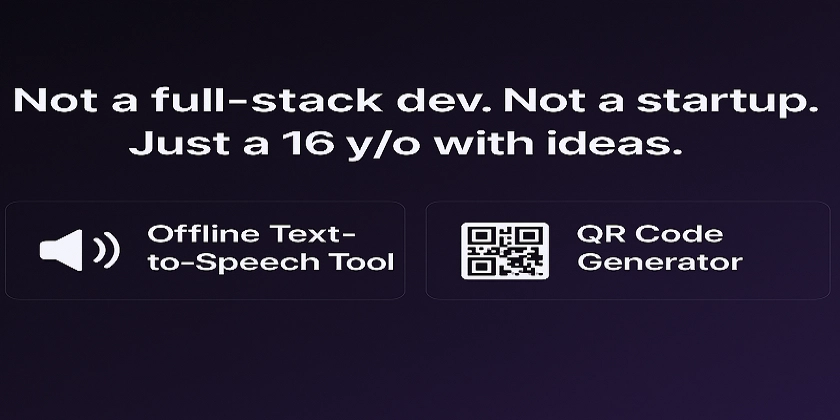
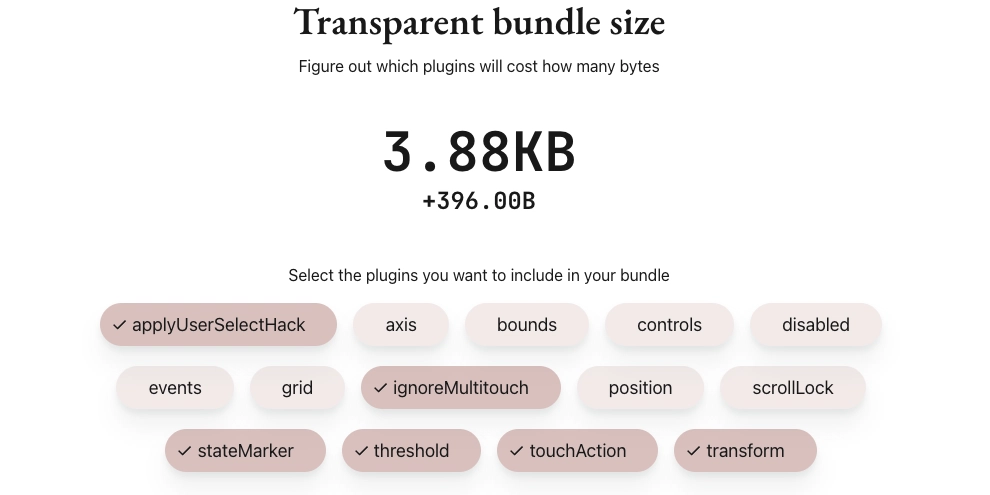
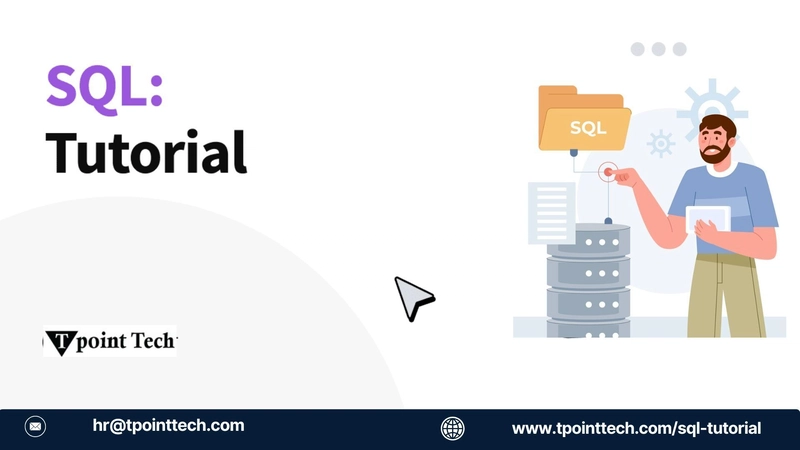












![[FREE EBOOKS] Natural Language Processing with Python, Microsoft 365 Copilot At Work & Four More Best Selling Titles](https://www.javacodegeeks.com/wp-content/uploads/2012/12/jcg-logo.jpg)




















































.jpg?width=1920&height=1920&fit=bounds&quality=70&format=jpg&auto=webp#)




















































































_Andreas_Prott_Alamy.jpg?width=1280&auto=webp&quality=80&disable=upscale#)

_designer491_Alamy.jpg?width=1280&auto=webp&quality=80&disable=upscale#)



































































































![The new Google TV setup process is impressively fast and easy [Gallery]](https://i0.wp.com/9to5google.com/wp-content/uploads/sites/4/2025/06/Google-TV-logo.jpg?resize=1200%2C628&quality=82&strip=all&ssl=1)

![Apple’s latest CarPlay update revives something Android Auto did right 10 years ago [Gallery]](https://i0.wp.com/9to5google.com/wp-content/uploads/sites/4/2025/06/carplay-live-activities-1.jpg?resize=1200%2C628&quality=82&strip=all&ssl=1)














![3DMark Launches Native Benchmark App for macOS [Video]](https://www.iclarified.com/images/news/97603/97603/97603-640.jpg)
![Craig Federighi: Putting macOS on iPad Would 'Lose What Makes iPad iPad' [Video]](https://www.iclarified.com/images/news/97606/97606/97606-640.jpg)












































